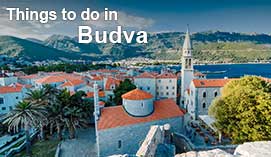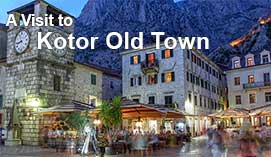Old Town Of Budva, The Rich History
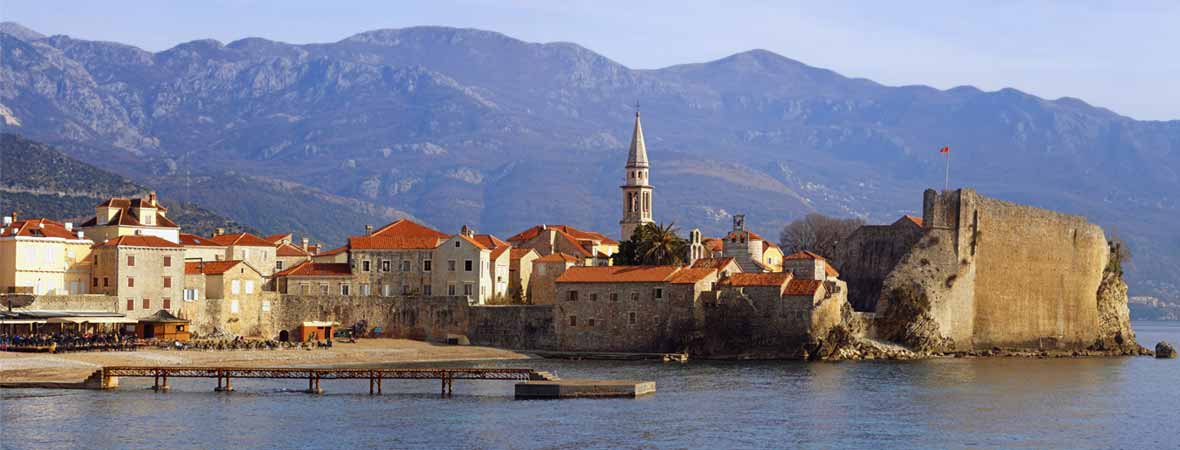
Budva Old Town
Budva town, listed among the oldest cities located on the Adriatic city, has a history of more than 2500 years. It is Montenegro's touristic capital uniting Montenegrian life, the ancient spirit that does not leave anyone indifferent and the modern dynamic aspect. Mentioning about human settlement in this town, it goes way back to the 5th century B.C. Initially, the town was called Butou, and the Phoenician King's son founded it after arriving with his wife. Many centuries have passed with this town being placed within town walls. The Old Town is today's remaining of a peninsula, attributing to old Meditrenean city, narrow streets, numerous historical sights, monuments, and analogous buildings having red-tiled roofs. The town, in the real world, continues to attract more tourists across the globe every year.
Other articles you might like
Where To Stay When Visiting Budva Town
The town is small, making private accommodation expensive. However, it has apartments located inside the old houses, but small to provide tourists with a fantastic sea view. Summer is a time to enjoy trips. During the season, this town and the nearby area are usually noisy from night bars and tourists. The best place to stay after you visit this town is outside the city walls, but at a walking distance where you'll find it quieter and more comfortable. However, if you decide to stay in the town, there are amazing places to stay, such as the Falkensteiner Hotel. It's located above Becici Beach, which is among the famous beaches in the town of Riviera. At the cliff tops is where the bedrooms are, where you can see the beautiful bay at the lower side. You can easily access the beach following the footpath located at the ground side of the hotel; it will lead you to the bridge that crosses the main road. While at the hotels, you can enjoy the fantastic beach, and there are good restaurants along that serve the transitional Montenegrin dishes. The hotel rooms are well refurbished such that you can get a comfortable stay, having flat-screen television, and also have tea or coffee making facilities - the choice is yours. Why would you prefer to stay inside, yet you can relax on the outside with a vast sun terrace to enjoy the beauty behind the landscapes surrounding the hotel? Or, you can enjoy a refreshing swim in an infinite pool. The excellent breakfast and dinner buffets will remain memorable for the rest of your life. There is a la carte menu in the extensive bar, so you have all you want.
The City Walls
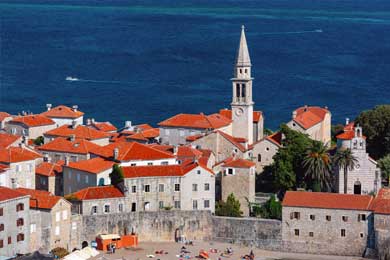
Budva in Montenegro is known historically to be encircled by a fortress wall. The first walls of this town were built in the ninth century. The earthquake later came and destroyed the walls. In the seventeenth century, Venetians replaced the walls again because the town was under the Venetian Republic between 1420 to 1797. The Austro-Hungarian Empire ruled the town later by becoming part of the Yugoslavia Kingdom. Finally, in 2006, the town attained independence. After the devastation in 1979, the walls and most buildings were restored to their original form. Once you enter via Porta di Terra Ferma, main gate, and inside the walls, you'll find yourself in a living museum. In this place, inhabitants occupy the medieval stone buildings. UNESCO also recognizes the town as the monument of architectural antiquity. The narrow cobbled streets have been dotted with cafes, bars, and souvenir shops. Also, there are some tourist attractions such as churches and museums.
Roman Ruins In The Town
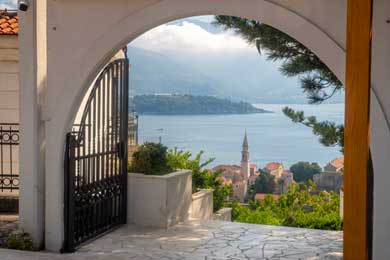
The town has a rich history and legends. The Old Town was present during the Roman times such that the Roman and Greek necropolis was established in this town. When Mogren and Ava hotel foundations were being placed in 1938, there were graves found in this area. Some of Roman and Hellenistic artifacts in the area include silver and gold jewellery. They are now displayed in the Ethnographic Museum, located in the town.
Museums
When visiting this town, you will be fascinated by Ethnographic Museum that exhibits the lovely building the museum occupies. In the whole town, it's these exhibits that cover the entire history since prehistoric times up to where we are in the twenty-first century. In Ethnographic Museum, you will find many artifacts exposed after the end of the 1979 earthquake. You can also note the lovely rooftops of the town. As you enter through the main entrance, you find portraits of the founding legends of the town. The history of the town is complicated as it involved two mythical characters that were turned into a snake for killing a dragon. In Citadel, it is where the Maritime Museum is located, and in this area, you will find a library featuring model ships and maps. If you're a lover of modern art, this place is for you as you will be delighted by the esteemed gallery featuring the famous painters worldwide, including those in Montenegro. On display, you will find some rare private collections, all gifted to the gallery.
Other articles you might like
The Citadel In The Town
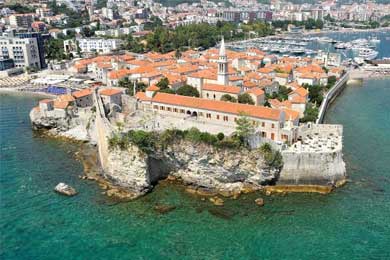
When you visit the sea-side of this town, you find the magnificent Citadel, Fortress of Saint Mary. Despite having little left from the original fortress built in 1840, it is still intact. It was constructed such that it would protect the town because enemies could use the sea. It has multi-layers of wall arrangement and is believed to be impregnable in war events. The wall has everything necessary and can withstand a long siege. In recent times, it is now among the history of the town and opens for the public. The Citadel has a museum inside, an observation deck, and a restaurant. A great place to have a panoramic view of the town. View this Citadel through the small gates of the city that will lead you to Ricardova glave.
Churches in The Town
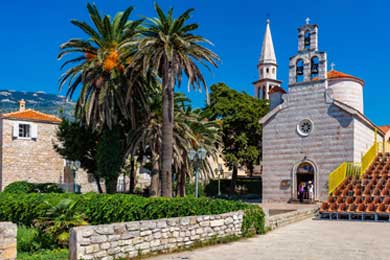
In Old Town, you will find four ancient churches that grace the center of the town. Sveti Ivan (Saint Ivan), also referred to as Saint Joh church is the oldest and even the largest in the town. The church is a great inspiration to the city. The history directs some of the parts to have been built in the ninth century. Saint John church has served since 1828 as a catholic cathedral. Inside, you will see colorful and striking mosaic done between 1916 to 1975 by Croatian artist Ivon Dulcic and at the back of the alter. Christian Basilica is an old sacred building in the town. The building date from the fifth century, and it was established after the 1979 earthquake. The foundations of Christian Basilica still lie along with side Saint John church. In the town, the Holy Trinity, Orthodox Church, form a part of the history. By 1797, the Venetians had left. The orthodox living in the town appealed with Austrians to have a church of their own. In 1804, the Orthodox Church was built.
The church has a bell loft that houses three bells, an elaborate interior, and a dome. Still in the town, there is Santa Maria church in Punta. It's the smallest and oldest that survives in the city. History says that it was built in the ninth century and among the oldest pre-Romanesque building in Montenegro. Benedictine monks initially started Santa Maria church, and later, leadership changed to Franciscans, who used the church as a school. Today, the building stands as an excellent venue for classical music concerts and art exhibitions.

